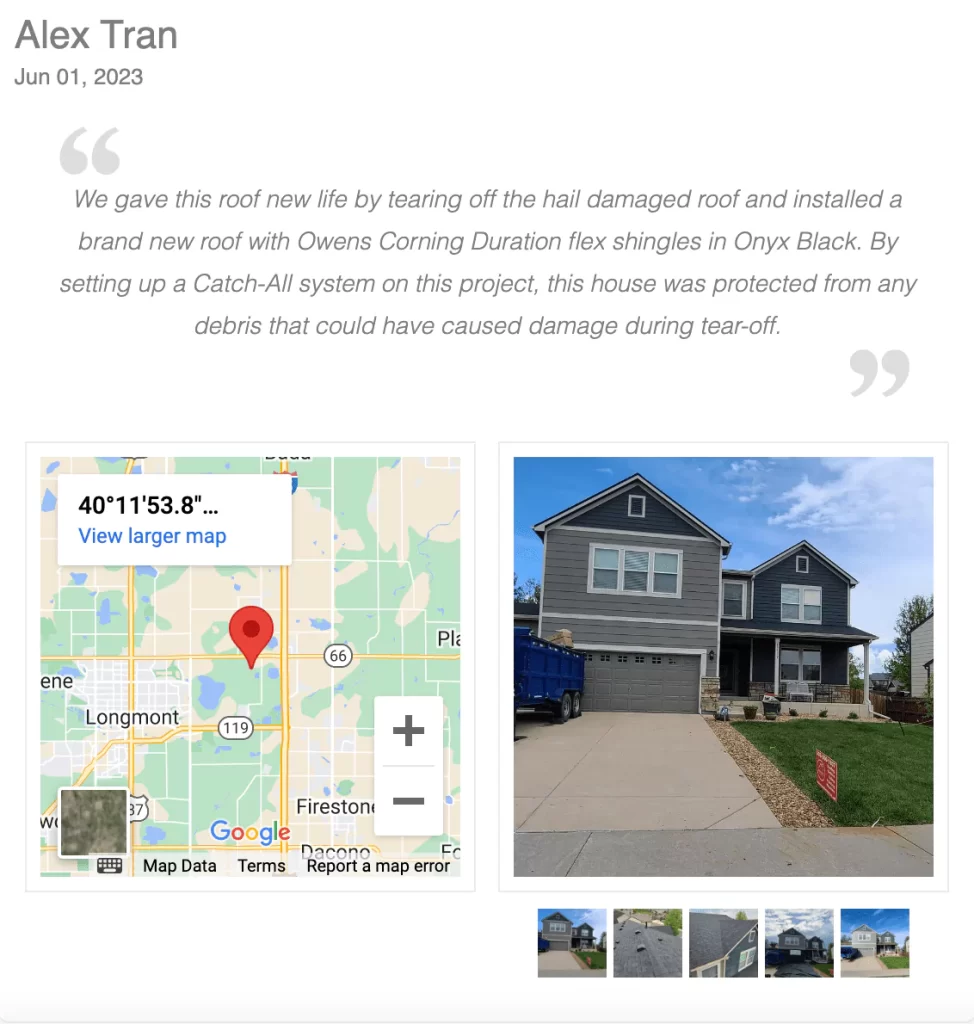
As the founder and CEO of Roofing Webmasters, I’m often asked by roofing companies about how and when they should update their roofing company website.
While providing a simple, one-size-fits-all answer would be nice, my 13 years of experience with website design and digital marketing has proven that each case presents a unique set of circumstances.
The following guide will provide a nuanced answer about the best approach for updating a roofing website in 2024.
Key Takeaway
I recommend updating your roofing website design every 3-5 years. However, website content and SEO updates should occur monthly, at minimum.
What a Website Update Actually Means for Roofers
Part of the lack of clarity about website updates is the ambiguity over what an “update” actually means.
Let’s take a look at some of the scenarios below:
Design Update: A web designer upgrades the website’s design elements, which can include both visual and technical elements (sometimes called a website redesign)
Domain Name Update: The domain name of an existing website (i.e., roofrepairdenver.com) is updated to a separate domain name (joesdenverroofing.com)
Content Update: A writer either publishes new content (text, image, or video) on the website or rewrites existing content
SEO Update: A website administrator makes on-page SEO changes to an existing website, like editing the title tags, meta descriptions, and keyword placement of specific pages
Technical Update: A web admin upgrades technical components of an existing website like WordPress plugins, PHP framework, or CMS version
Necessary Website Updates for Roofing Websites
In looking at the list above, some (but not all) of these update types are necessary for a roofing company website. I will break down the timeline and logic of each below:
- Design Updates – 3 -5 years
- Domain Name Updates – Never (except for special circumstances)
- Content Updates – Monthly
- SEO Updates – Monthly
- Technical Updates – Monthly
Remember that content, SEO, and technical updates can occur more frequently than once per month. I recommend a minimum monthly interval for these kinds of updates.
However, randomly updating content or SEO just for the sake of it is also unwise. Ensure your updates are informed by data and feedback from Google Analytics and other measurement tools.
Roofing Website Update Tips
Updating your business website should align with your business goals. For example, setting a goal to generate more roofing leads online can inform content updates to your existing website.
Take a look at some of the best update tips for a roofing website:
Consult Google Analytics
Google Analytics is a great tool for auditing your website and tracking which pages are underperforming. Viewing this data provides valuable insights on what updates to make in the future (or immediately).
For instance, the Google Analytics tool will tell you if your pages have an abnormally high bounce rate. It also reveals which of your pages are not receiving entrances from Google organic search.
You’ll want to use these reports to update your content and SEO and then track how the analytics change based on those updates.

Analyze Competitor Performance
Competitor performance often encourages roofers to update their websites. Over my career, I’ve spoken with thousands of roofers, and they don’t like losing.
That said, it’s important to understand why a competitor is performing well before taking action.
Sometimes, competitors use black-hat SEO tactics that will eventually result in penalties. Attempting to replicate these tactics will cause your website to meet the same fate, and everyone loses.
The key is to outsmart your competitor’s white, data-driven, white-hat SEO tactics.
You can use a tool like SEMRush to perform a keyword gap analysis between you and your competing websites.
This report will showcase the keywords your competitor’s website is ranking for that yours isn’t
From there, you can create a content asset to compete and eventually overtake their ranking positions.

Remove Unhelpful Content
One of the most common pitfalls I see with unsuccessful roofing websites is the urge to mass-produce content for the sake of updating.
Roofing company websites often feature hundreds or even thousands of blog posts that provide little to no value to readers.
For example, blog posts like “6 reasons you need roof repair” or “8 winter roofing tips” don’t add real value to the web.
Over the past several years, Google has cracked down on this type of content. It started with the Helpful Content Update in 2022 and escalated to a massive core update in March 2024.
My agency has already helped hundreds of roofers remove this unhelpful content and prioritize unique and valuable pages.
Use DataPins
DataPins creates unique value by consolidating E-E-A-T signals based on your recent roofing jobs. Each pin produces geo-coordinates and schema markup to accompany job photos and captions.
Pins serve as fresh content and help your site rank for long-tail keywords while regularly updating your website.
DataPins also sends automated review requests through text and email, increasing review frequency. In addition, customer testimonials appear on your website via the accompanying Google Reviews plugin.

Final Thoughts on Updating Your Roofing Website
As user expectations increase with each passing year, roofing companies should ensure their websites meet the standards of their target consumers.
Luckily, various tools exist to help companies upgrade their website and offer new features to enhance user experience.
While updates can be helpful, it’s important to avoid updating your website for the sake of it.
My agency, Roofing Webmasters, can help you make data-driven white-hat updates that will contribute to long-term digital marketing success.








